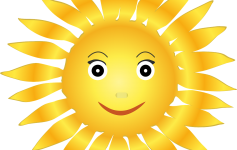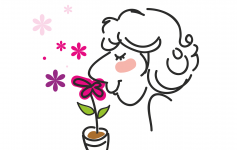There is no specific memory storage area in the brain, instead information is bundled in different association areas of the cerebral cortex. This means that different parts of the brain will be activated related to different aspects of learning. For example, memorizing math computations activates a different area of the brain than remembering the steps to the samba. What most people are concerned about is not so much how information is stored in memory, but how to use it more effectively and prevent deterioration.
There are a a variety of theories that relate to memory decline. These include misuse, cellular damage, mitochondrial damage, free radicals, and genetics. Let’s take a look at how we can empower ourselves for better memory retention based on these theories:
It has been suggested the best way to keep your brain young is to engage in a variety of activities that activate different aspects of our cerebral cortex. Analytical and thinking exercises such as card games, crosswords, math computations, and map reading are examples of different activities which exercise different “brain muscles.” What you don’t use, you loose!
If one believes that genetics are the main predictors of health, please see my many articles on nutrigenomics on my webpage. This new science proves how certain phytochemicals in foods can modulate genetic expression and aid cellular repair.Even water can help the body’s healing process and decrease cellular damage.
Currently, scientists are reseraching how what we don’t eat-calorie restriction-can affect cell signaling molecule CBP. The reason behind this affect isn’t necessarily due to calories but the fact that food effects our biochemistry. With food restriction, glucose utilization may be optimized and oxidative stress released. However, eating real, healthy foods can produce the same results and signal your genes to use that glucose more wisely!
What we think about becomes our beliefs. If we continually think that aging will lead to deterioration, dependency, and physical illness, we will act in different ways than one who subscribes to healthy aging.
According to Dr. Amen, psychiatrist and brain imaging specialist, different behavioral patterns can be predicated by dominant brain activity. For example, those with active anterior-cingulate are less able to shift out of routines and can become argumentative when overworked. However, they make wonderful computer analysts and provide stability in rocky situations. Dr. Amen has used SPEC scans to show how different nutrients and behavior patterns can calm down an overactive angerior cingulate and help this predominant pattern shift to other others.
The same can be said for all of us with different overactive brain areas, if we remember to “cross train” our brain, eat healthy foods, and think positively, there’s no reason to succumb to the belief that we are doomed to a life decaying in a wheel chair drooling!
Sources:
The Aware Show. Daniel Amen Interview. 12/8/2009.
The Aware Show. Daniel Amen Interview. 12/8/2009.
Ufberg, S. The Way We Think: Maintaining a Healthy and Active Mind. Integrative Practitioner. December 2009.
Gahles, N. Healthy Aging: The Happiness Principle. Integrative Practitioner. December 2009.
Capodice, J. Acupuncture, Aging, and Memory. Integrative Practitioner. December 2009.
Curtis, D. Water: Nature’s Elixir for Healthy Aging and Brain Health. Integrative Practitioner. December 2009.
Medpage Today. Scientists Find Molecular Trigger That Helps Prevent Aging and Disease. December 19, 2009.



Another study showing how nutrients can help alleviate cognitive changes associated with aging on URL above.